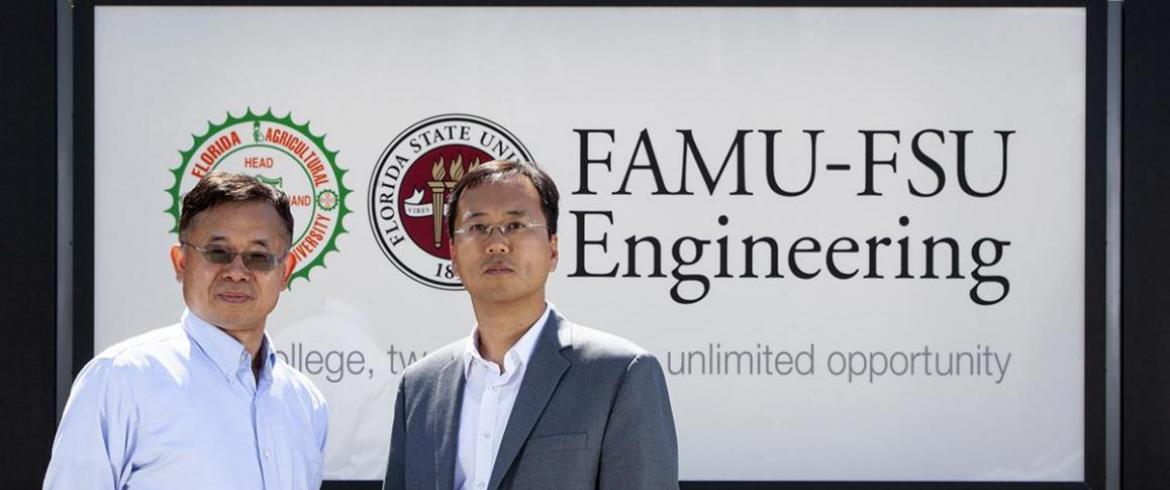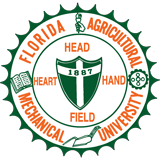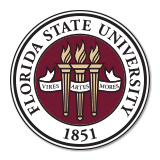
Dr. Sungmoon Jung, right, a FAMU-FSU associate professor, and FSU department of computer science professor Xiuwen Liu are researching together the effects of cityscapes and non-homogenous terrain on hurricane wind strength.
It is fairly well understood what can happen to the natural environment during major weather events. But what happens when man adds built structures to the mix?
Research shows building integrity begins to deteriorate after violent hurricanes and that nearby terrain plays a factor in the wind loads that affect the buildings. The effects of heterogeneous terrains – a combination of suburban buildings, trees, roads and the like – are less known than homogeneous (rural) terrains.
From August 2019 through July 2022, principal investigator Sungmoon Jung, a FAMU-FSU associate professor civil and environmental engineering, will quantify measurements of wind loading on buildings, which ultimately will contribute to conserving infrastructure during and after a hurricane. Florida State University department of computer science professor Xiuwen Liu is a co-principal investigator.
“I knew this was an important problem to work on. I always knew this was a weak area in the design code,” Jung said. “As a proposal writer, we come up with ideas that will be really high impact and then try to persuade the panel this has to be studied and that we are the right team for it.”
For their research, Drs. Jung and Liu will use the NHERI Boundary Layer Wind Tunnel located at the University of Florida, which is able to produce intense winds identical to hurricanes. For variability, testing will be conducted on three types of heterogeneous terrains: roughness transitions, small openings and actual heterogeneous terrains. They also will test and compare the effect of upwind terrain on low-rise and midrise buildings.
Because of the vast number of materials found in these heterogeneous terrains, the primary challenge in the experiment will be knowing exactly how much each element factors into building integrity. With many different types of built material comprising a “terrain,” classifying exactly what affects each outcome may be tedious. Liu’s role as co-principal investigator is to help limit, through computer science, the number of trials needed for the project to between 15 and 100.
One of the aims post-experimentation is to create a database of terrain images, assign land usage classification for each image and to correspond heterogeneous terrain roughness. They also will make analytical and computational models for terrain types not used in the experiment.
The National Science Foundation will fund this project for over $450,000 under the NSF’s division of Civil, Mechanical and Manufacturing Innovation (CMMI).

